ANCAP botches Hyundai Palisade four-star safety rating
Australasia's so-called safety authority continues to augment reality, rating the Hyundai Palisade SUV four stars amongst old five-star company. Here’s how they got it wrong…
Hyundai Palisade has been slapped with a safety rating of four stars by ANCAP, an organisation which inhabits the Lobbyland, also known as Canberra.
So, is Palisade a proper death-trap, or not? Let’s find out.
On the surface, Hyundai Palisade getting four stars is hardly ideal. Disclaimer: this is not some sort of South Korean fanfest, nor is it a Hyundai-specific or even Palisade retaliation piece. Here’s how you know:
I don’t really rate Palisade: It’s actually not up there with Hyundai’s latest-generation vehicles because the right-drive conversion remains too rough around the edges. For example, the handbrake ergonomics are poor on right-drive Palisades. The seating’s not versatile enough, and the towball download is a joke for heavy towing.
Palisade might suit some people down to the ground, such as anybody who wants a LandCruiser 300 but without the heavy-duty 4WD driveline. If that’s you, enjoy waiting at least 12 months for delivery. I’d say Palisade is better than not terrible - it’s okay.
The four-star rating is retrospective back to the vehicle’s introduction here in November 2020, even though Palisade is actually four years old as a platform on the global stage.
But the Palisade’s rating only applies to diesels (go figure). And it’s also bullshit, as are ANCAP’s statements about it, in my estimation. We’ll get to that. Essentially, there’s a lot to unpack here - if you really care about not dying in a crash. Which you should care about.
Palisade is also about to be upgraded - a mid-life update is a few months away. So, ANCAP has spent your money assessing a vehicle that won’t be current in a few months. Well done.
ANCAP CEO Carla Hoorweg, in my assessment, is incorrect.
I’d respectfully retort that this is not an example of providing clear, reliable information. This is what fake advocacy looks like, in a statement seemingly designed to make ANCAP look good to high-level politicians. What a perfect coincidence that an election was held not long ago.
As to ANCAP’s alleged independence: They’re taxpayer-funded. ANCAP is funded by federal and state governments >>. Their mission is keeping government ministers and senior executive suits happy, in order to secure the next round of funding. If you think that’s what independence looks like, you’re badly misinformed.
My AutoExpert AFFORDABLE ROADSIDE ASSISTANCE PACKAGE
If you’re sick of paying through the neck for roadside assistance I’ve teamed up with 24/7 to offer AutoExpert readers nationwide roadside assistance from just $69 annually, plus there’s NO JOINING FEE
Full details here >>
AutoExpert DISCOUNT OLIGHT TORCHES
These flashlights are awesome. I carry the Olight Warrior Mini 2 every day - it’s tiny, robust, and super useful in the field or in the workshop. Olight is a terrific supporter of AutoExpert.
Use the code AEJC to get a 12% discount >>
POLITICS IN CRASH TESTING
ANCAP are Lobbyland bottom-feeders, in my estimation. They’re increasingly political, decreasingly relevant, and you’re paying for it. That’s how I see it.
Quick history: ANCAP got hitched to Euro NCAP in 2015. Nothing official; they just eloped. Although, that happened under the previous CEO, Ms Hoorweg didn’t start at ANCAP until September 2020.
You can see the details of this on ANCAP’s website evolution page. ANCAP really partnered up so they could lunch off Euro NCAP’s testing and thus save cash. They couldn’t do that with NCAP because the vehicles in the US are just too different to here, apparently.
ANCAP has made several questionable statements about its alignment with Euro NCAP, but, philosophically they’re very different organisations. I even respect Euro NCAP.
You have to understand at this point that a star rating system for vehicle safety is a very audacious undertaking. You’re more likely to stuff it up than get it right. Safety is an incredibly complex domain, and stars are very simple - and getting from ‘complex’ to ‘simple’ inevitably, some corners get cut. Nature of the beast.
Palisade scored 3.6 out of 4 points for auto emergency braking response.
ANCAP is very different to Euro NCAP on what those stars actually mean. ANCAP really uses the system as a binary rating. To ANCAP, the options are: ‘five stars’ or ‘safety shame’. This is what the CEO seems to be saying with that rhetoric about Palisade’s alleged failure to “meet the top level of safety that families and fleets have come to expect”.
The narrative here appears to suggest: ‘Five stars or deathtrap.’ This is completely unfair.
Euro NCAP, which uses exactly the same assessment scheme has more to say about what the stars actually mean. It’s the first sub-menu item on their ‘about Euro NCAP’ directory here >>
According to the Euros, five stars means excellence in crashworthiness and comprehensive crash avoidance tech. The latter being what ANCAP calls ‘safety assist’.
Four stars, to EuroNCAP, is not a failure to meet family and fleet expectations. It means ‘good overall crash performance and all round safety’.
Palisade is an emphatically safe car - ANCAP just wants to use it for political gain, in my view.
As for this allegation of “falling short” of five stars on two key areas, one being adult occupant protection: Palisade scored 79 per cent there. The threshold for five stars is 80 per cent. So this is not ‘falling short’ by any significant margin. It’s missing it by ‘that much’.
In fact, adult occupant protection is scored out of 38 points. Palisade scored 30.21. The cutoff for five stars is 30.4 points. So, the ‘falling short’ is by 0.19 of a point.
This deficiency in Palisade’s score is mainly because it lacks the centre airbag that prevents headbutts in side impacts, which is a very new development. Only a handful of new cars on sale right now have that centre airbag. ANCAP’s agenda is to coerce all carmakers to fit that airbag - but I haven’t seen any data crying out for this in terms of injury mechanisms out there in the world.
The centre airbag is not available on Palisade most probably because the vehicle debuted in November 2018 in LA, but it didn’t get here for another two years. (I don’t think any mainstream cars had that tech in 2018.)
If the vehicle lacks a centre airbag, headbutt factor is not tested by ANCAP, and points are automatically deducted. There’s also a one-point bonus in adult occupant protection for multi-collision braking, which the Palisade does not have - again because it’s almost a five-year-old vehicle being tested today. And it only needs 0.19 of a point for five stars in this domain.
WHY DOES THIS MATTER?
Remember about ‘reducing complexity to something simple’? This is why ANCAP needs to stop getting these ratings wrong.
When you look at Hyundai Tucson, which is a five-star vehicle tested to exactly the same post-2020 ANCAP protocols, there are four identified adult body regions denoted as ‘marginal’ protection in Tucson - four. Here’s the Tucson crash report >>
What you’re looking at here is the official technical report for Tucson:
On a sidenote, if you think the front passenger’s lower right leg is kinda trivial, I’d like to inform you:
Your femoral artery runs all the way to your feet, and if you shatter your tibia and fibula in a suitably high mechanism impact, which also severs your femoral artery, it’s easy to die, in screaming, brutal agony, before paramedics arrive, of hypovolemic shock, without spilling a single drop of blood on the ground. So it’s not trivial.
Four marginally protected regions in Tucson, yet it’s a five-star car.
Here’s the same test result for Palisade, with only two marginal regions - yet it’s a four-star car:
Does Palisade crash better than Tucson? That depends what kind of crash you have. Yes, and no. They’re both very safe. Do they both provide high-level occupant protection? Absolutely. Could they both be better? Yeah - but the same could be said of all cars. They could all be better. At everything.
Palisade also failed to qualify for five stars on the basis of so-called ‘safety assistance technology’. Palisade scored 63 per cent there. It needed 70 for five stars. This area is scored out of 16 points. Palisade got 10.19. It needed 11.2. So, a point and a bit.
In my view, ANCAP and Euro NCAP have rushed headlong into this whole ‘safety assist’ extravaganza, giving it an entirely false equivalence, in terms of lifesaving potential, to crashworthiness. The enthusiasm for this technology is pornographic.
There’s so much more testing and so much more cost, but I’ve never seen any evidence that this stuff is actually saving lives in any significant number. Perhaps I just need to look harder.
By combining the two - crashworthiness and electronic overwatch - ANCAP makes them falsely equivalent and also very difficult for punters to decompile, if all they really care about is structural performance in a crash - in other words, will you walk away, or be dusted off, on the brink of death.
ANCAP there, again, from the official press release. In my view, that statement - particularly the last sentence - is inexcusable. Inexcusable.
Firstly, it’s just factually not true. That segment they’re talking about - the ‘Large SUV under-$70k’ segment - is a VFACTS categorisation done by the Federal Chamber of Automotive Industries. They’re two very different lobby group entities. ANCAP should not, in my opinion, be using the FCAI as any kind of yardstick, however small.
So, having tested this claim, that “all other models within the segment hold a five-star ANCAP safety rating”. It’s just not true.
This is the most recent list of vehicles comprising that segment:
You can go to ANCAP’s website right now to confirm their claim. Two of the vehicles in that list are simply not present: the GWM Haval H9 and the Ssangyong Rexton. (I’m assuming they’re unrated - ANCAP doesn’t list the vehicles it couldn’t be bothered to rate.) And one vehicle in the segment, the Jeep Wrangler, is rated three stars (from 2019). So, that statement about the rest of the field being five stars is factually incorrect.
When you’re “the independent voice on vehicle safety”, this isn’t a good look, I’d suggest. And your role is “to provide clear, reliable and independent consumer information”. Whoops.
But there’s an even bigger issue here. And that would be the issue of abject bullshittery, using Professor Harry G Frankfurt’s definition of bullshit.
Claiming in this manner that all other vehicles in the segment have a five-star safety rating implies that they’re all safer than Palisade, which officially has only four stars.
See, if you’re not an ANCAP insider, or a car company type, or an engineer with some experience of lifting the data and seeing how things work, you might go to ANCAP’s website, scroll through the large SUV listings and see the Grand Cherokee, Mitsubishi Pajero, Nissan Pathfinder R52 shitbox, or the venerated Toyota Prado, all just sitting there, gagging for your cash, with five stars.
Seeing Palisade on four stars, as a regular consumer, you think, ‘Five is better than four.’ And you’re getting it from that independent voice on safety, lulling you in a false sense of security.
Jeep Grand Cherokee hasn’t been tested since 2014, Pathfinder in 2013, and Pajero and Prado in 2011 - that’s 11 years ago! For ANCAP, to approve that statement implying Palisade on four stars is somehow inferior to these ancient safety shitboxes on five is ludicrous and disgraceful in my view. Lives are at stake here. This matters.
For example, in 2011, when Prado and Pajero earned five stars, whiplash was not tested, three-point seatbelts were not mandatory, nor was electronic stability control, emergency brake assist was not mandatory, pedestrian protection was not included in the scoring. The crash tests themselves and the dummies were different.
Earning five stars was easy. For all four of these dated shitboxes, child restraint fittings were not tested, child occupant protection was not assessed, there was no full-width frontal crash test, the pole test was side-on (as opposed to oblique, today). An older type of dummy was used - none of these last few things would occur until 2018.
None of the collision avoidance stuff was tested (or even present back then). Two years ago, an automatic emergency steering test was introduced, as was AEB for intersections and back-over protection. Rescue and extrication protocols were added. Far side impact tests were added - that’s what the centre airbag is about!
Pajero, Prado, Grand Cherokee and Pathfinder don’t have that shit, and they haven’t been crashed the same way.
The side impact test speed has increased to 60km/h (small differences in speed make big differences to impacts - that’s how kinetic energy works). The mobile progressive deformable barrier test was introduced. The $1.4 million ‘fat bastard’ so-called ‘THOR’ dummy was introduced.
DON’T BUY THE WRONG CAR BASED ON ANCAP RATINGS
Palisade jumped through these numerous additional and/or more severe hoops and got four stars. What do you suppose Pathfinder, Prado, Grand Cherokee or Pajero might achieve in the same tests?
I can’t say for sure, but I would not be surprised to see some one-star or two-star results, if ANCAP had the balls to actually do these tests - which it does not. But, hey, they’re happy to keep saying old cars are five-star on safety, just because it says so on the ANCAP website. The organisation seems quite okay using this in their fake advocacy.
This implied ‘superiority’ of the rest of the segment because it is allegedly all five-stars (except for the vehicles they haven’t tested or Wrangler on three) is astoundingly appalling - Personal opinion. It’s also your tax dollars at work. You paid for that statement to be made. So did I.
The great tragedy of this is that some poor bastard like you might go out there and buy a Prado or a Pathfinder off the back of its alleged five-star rating, and then die tragically in a crash, with your family, in a crash from which you might have survived had he been in a Palisade.
Euro NCAP kills its ratings when their use-by dates expire at six years of age. ANCAP currently does not. This leads to a ratings so-called ‘system’ in which concerned consumers have great difficulty determining which cars crash well, and which have the latest tech. It’s mis-informative at best.
To me, ANCAP’s ratings are broken, it’s easy for an ordinary person to be misled by the website, and the statements they make are at best irrelevant, and at worst, malignant.







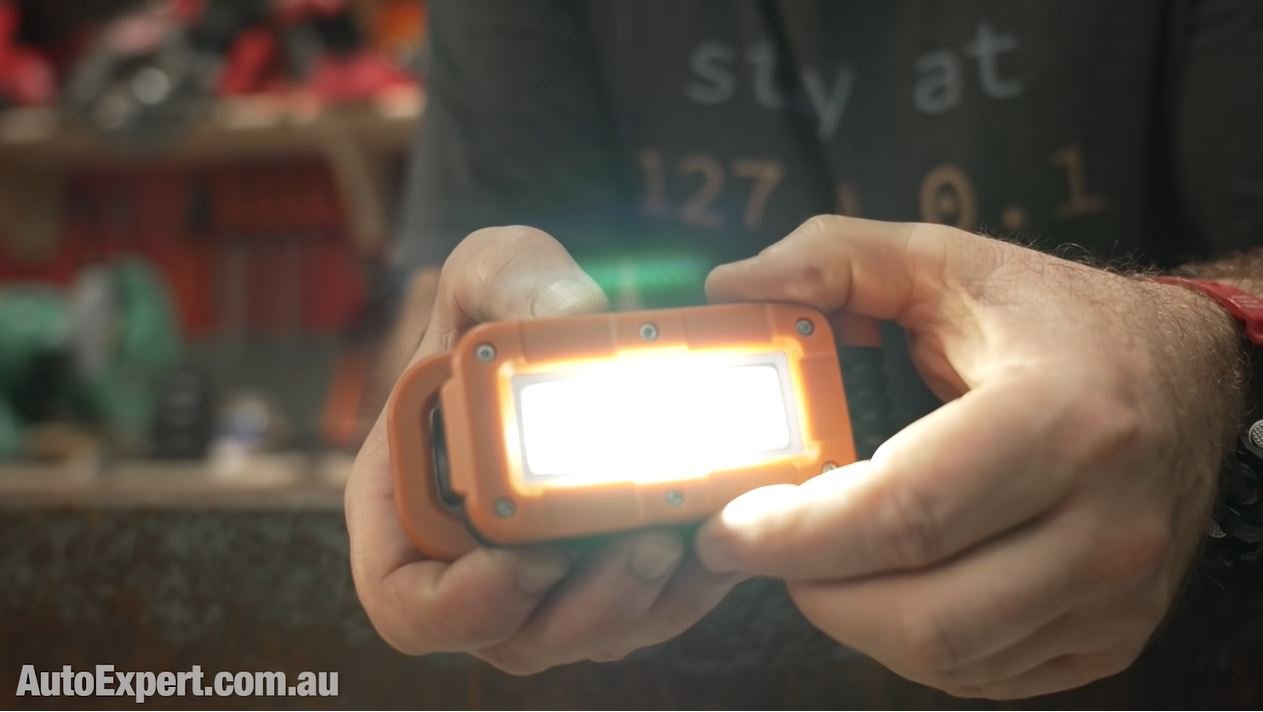
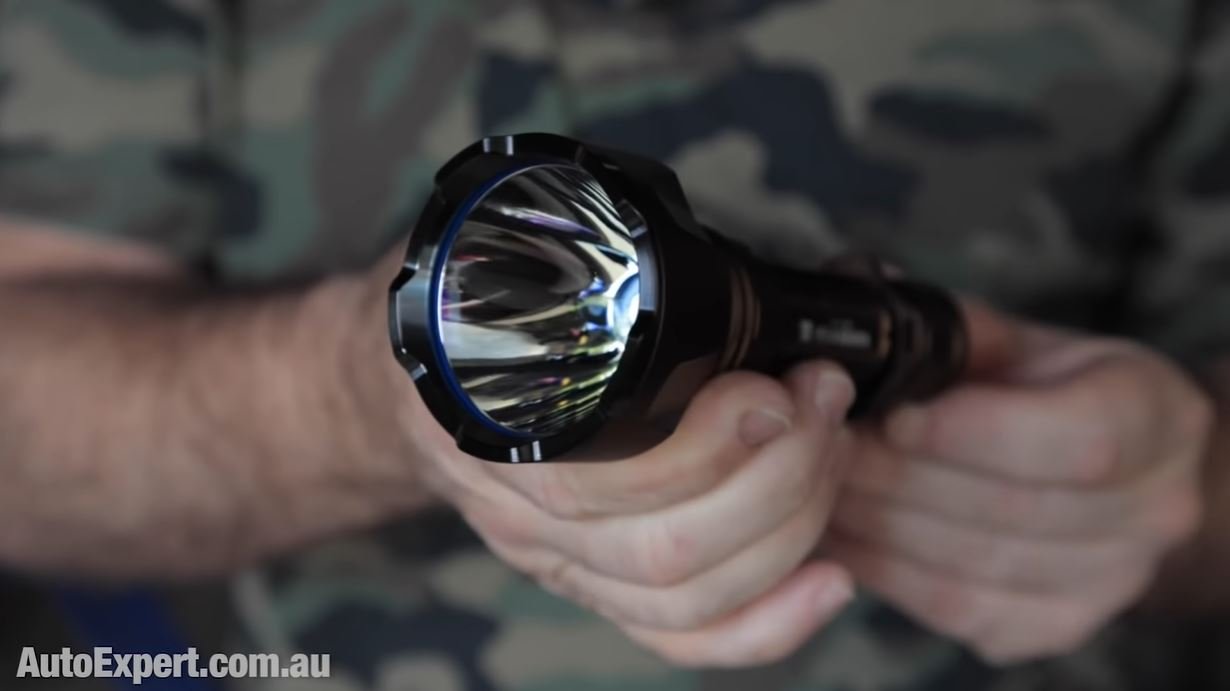



















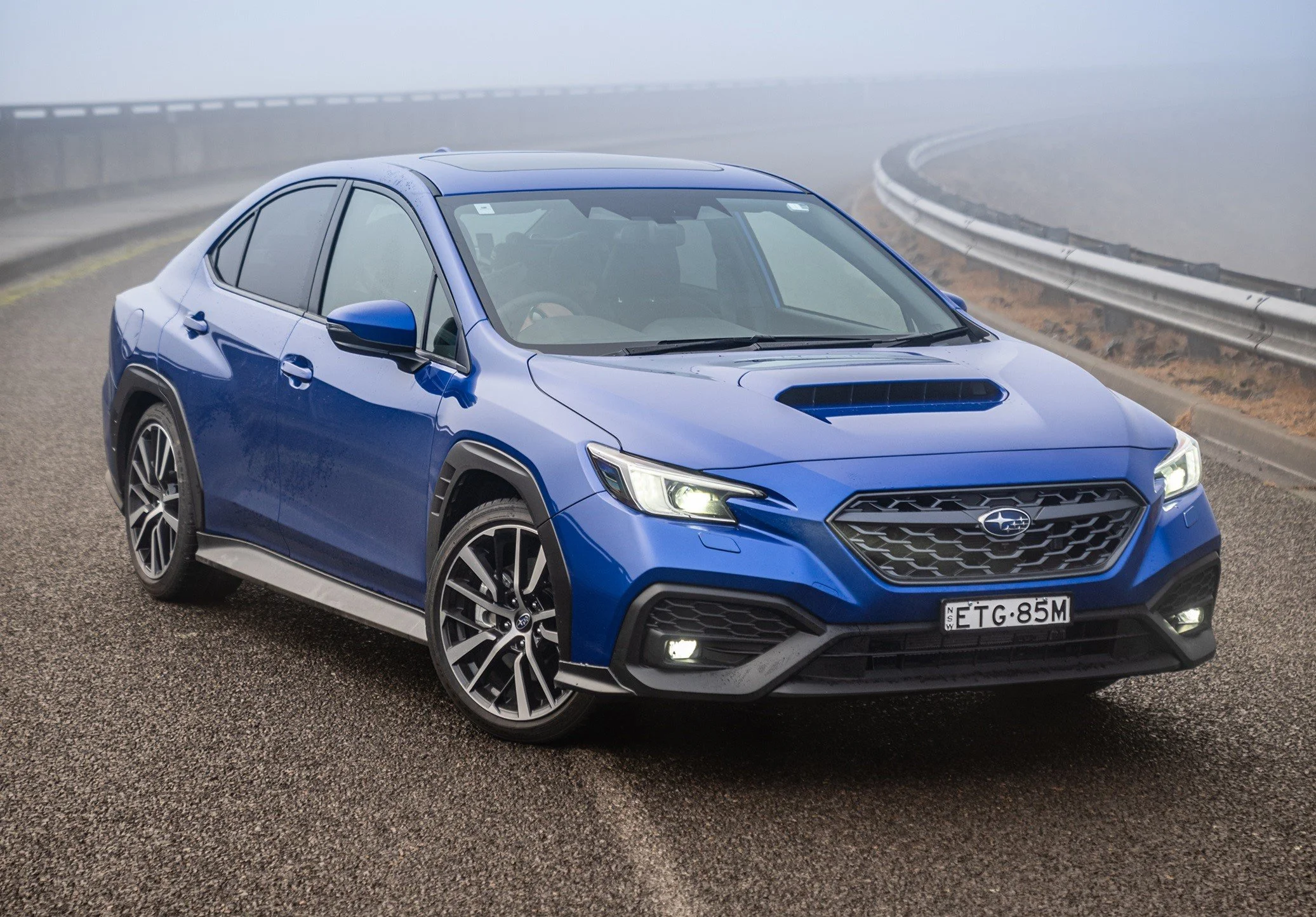

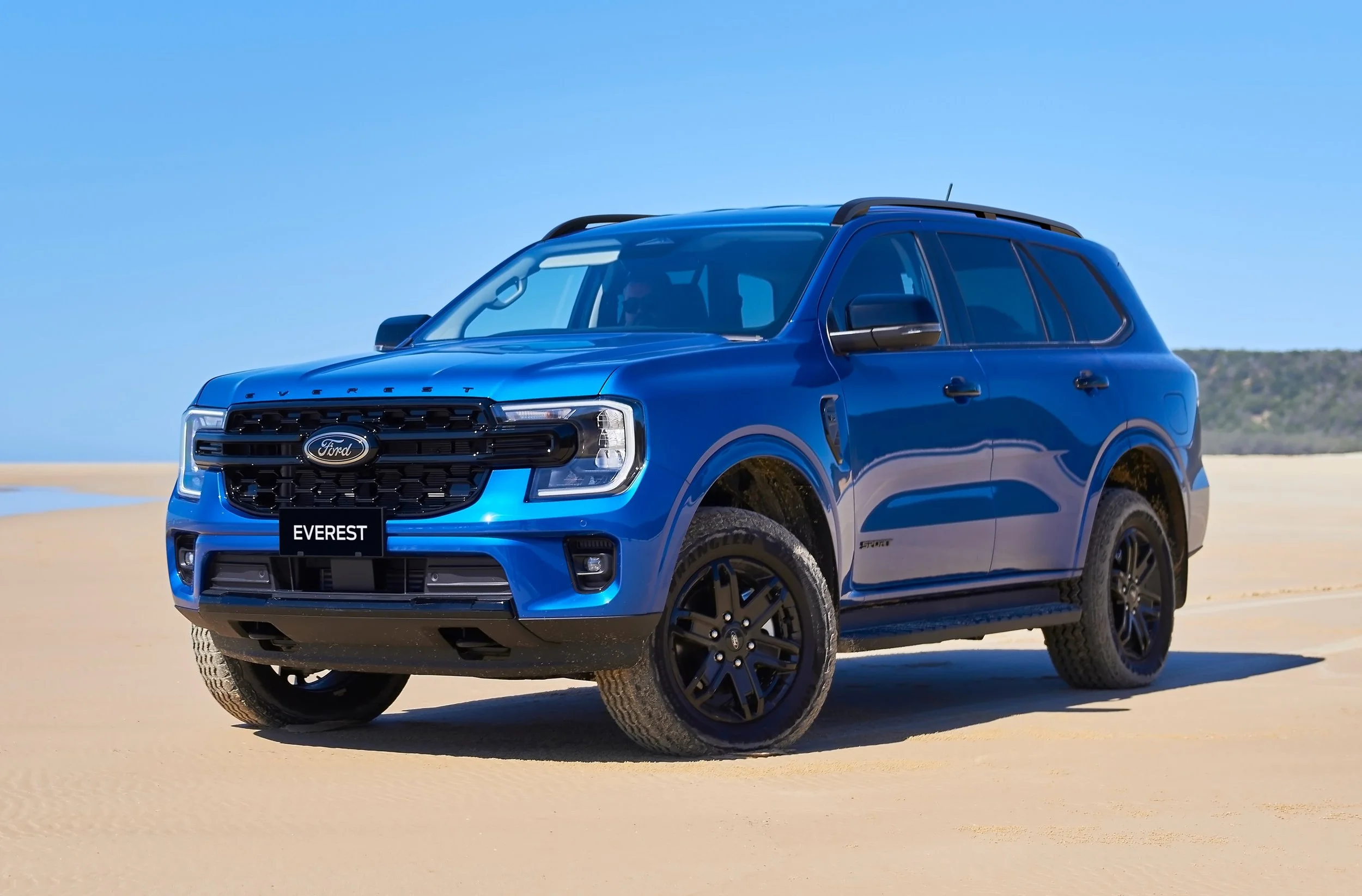
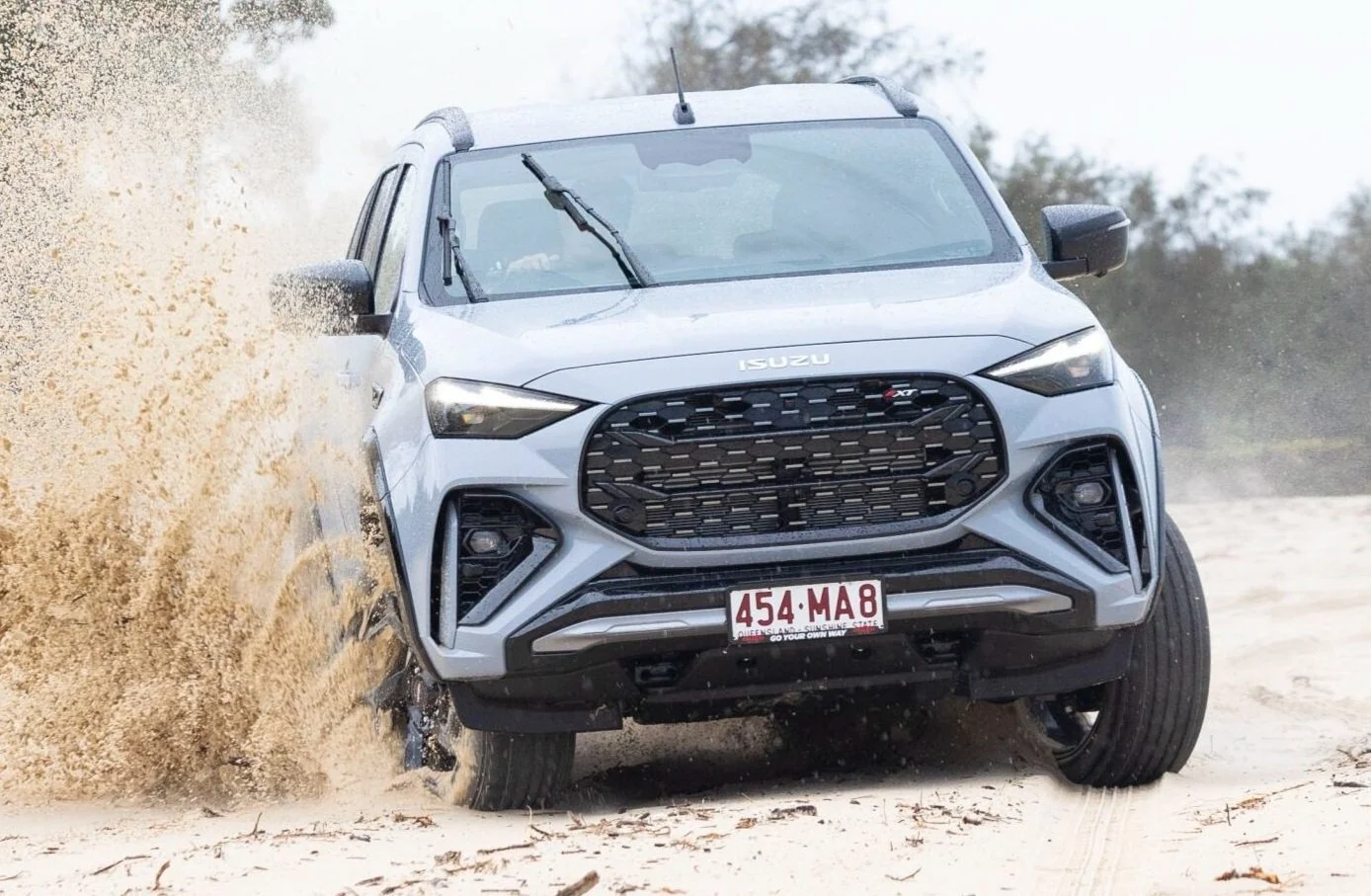



Is the MG HS midsize SUV just a cut-price Toyota RAV4 or does it have genuine credibility you should take advantage of? With 24 medium SUVs to choose from, let’s find out if the MG HS is good value for a consumer like you…